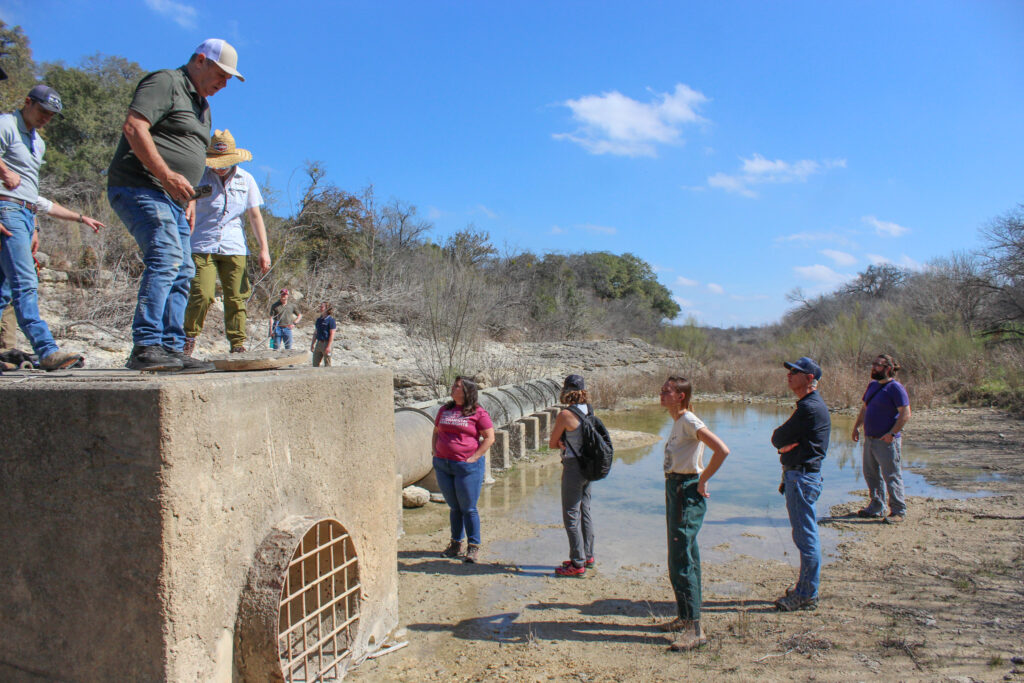
Beneath the rolling landscape of the Texas Hill Country lies thousands of caves, which play an important role in recharging local groundwater resources. The Edwards and Trinity aquifers, portions of which the District manages, are
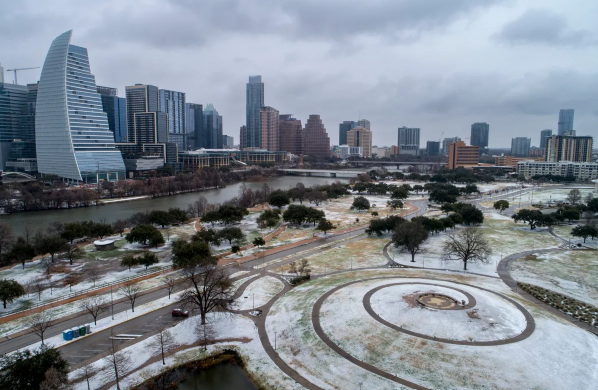
The new year had a wintery start and as it has become all too familiar in the District and throughout south-central Texas, we continue to hope for much needed rain to arrive soon. Last year
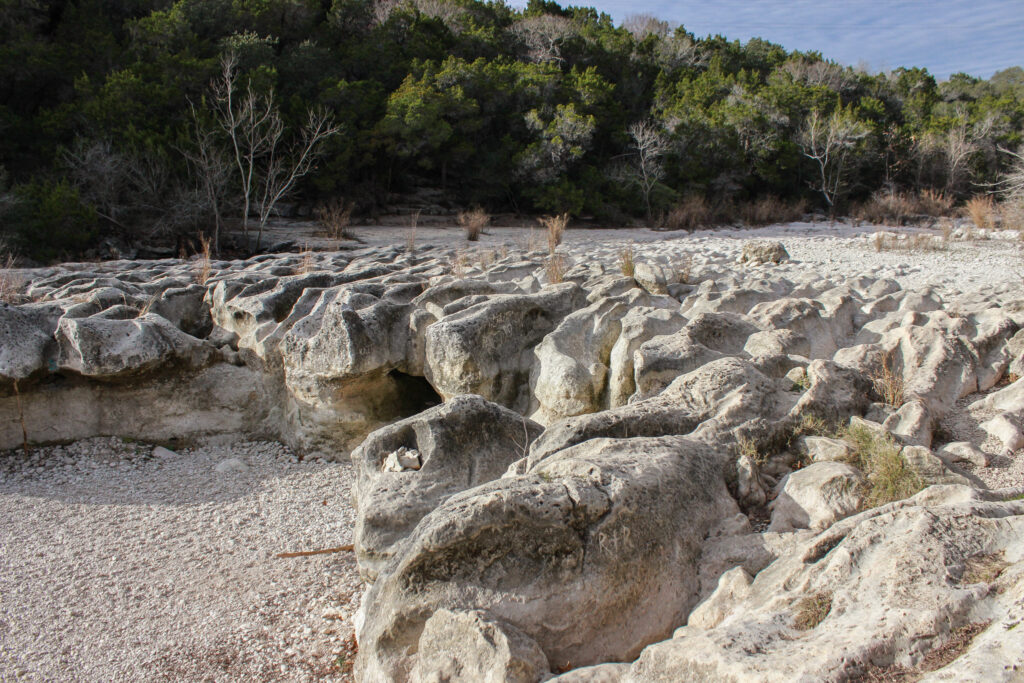
After a blazing hot summer, it made sense that 2023 ended up being the hottest year on record for the area. It may come as a surprise, though, that 2024 broke that record and is
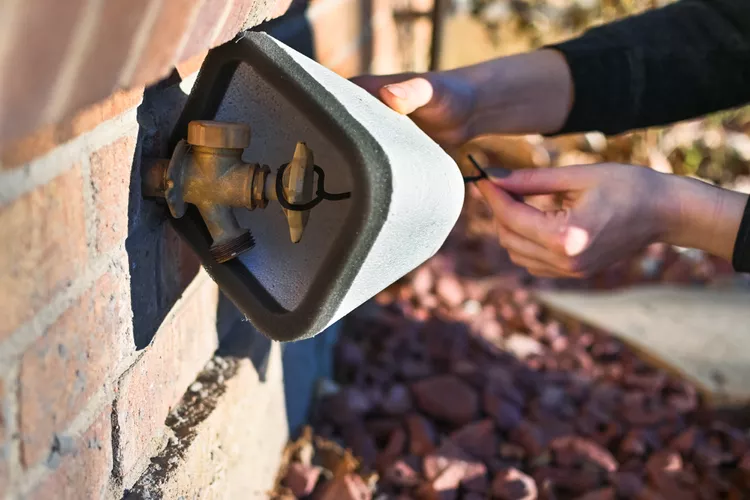
Though temperatures this fall and winter have been significantly above average, Texans know a cold spike is always lurking around the corner. When cold temperatures hit, it’s important to act and protect pipes and wells
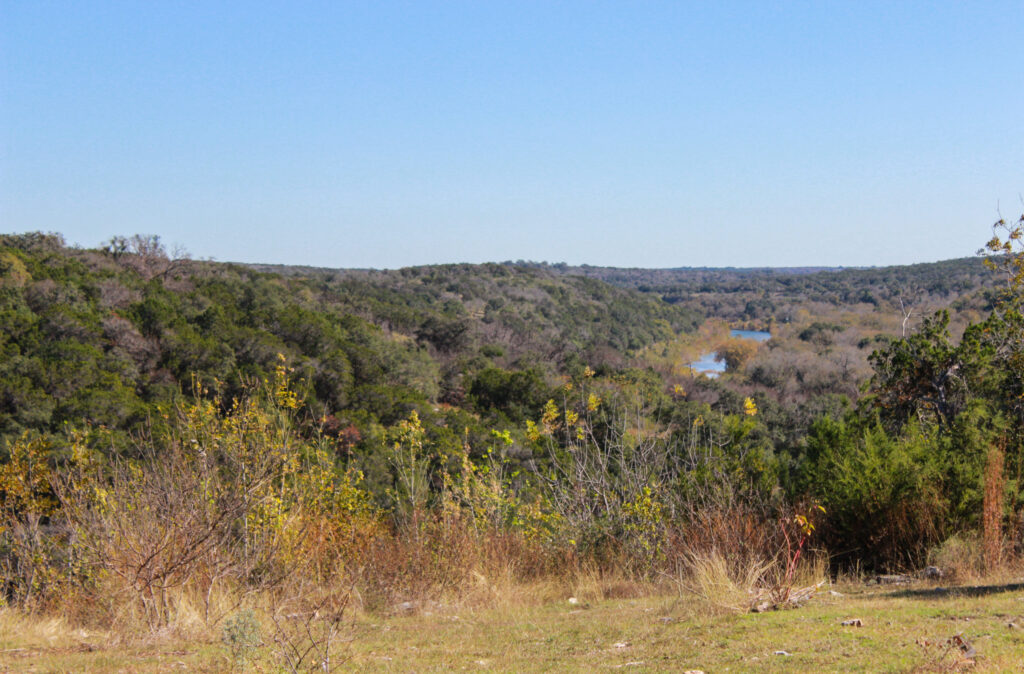
Austin experienced its warmest meteorological fall on record, which includes September, October, and November. 75.8°F was the recorded average temperature including the highs and lows for each day. This fall was also abnormally dry, only
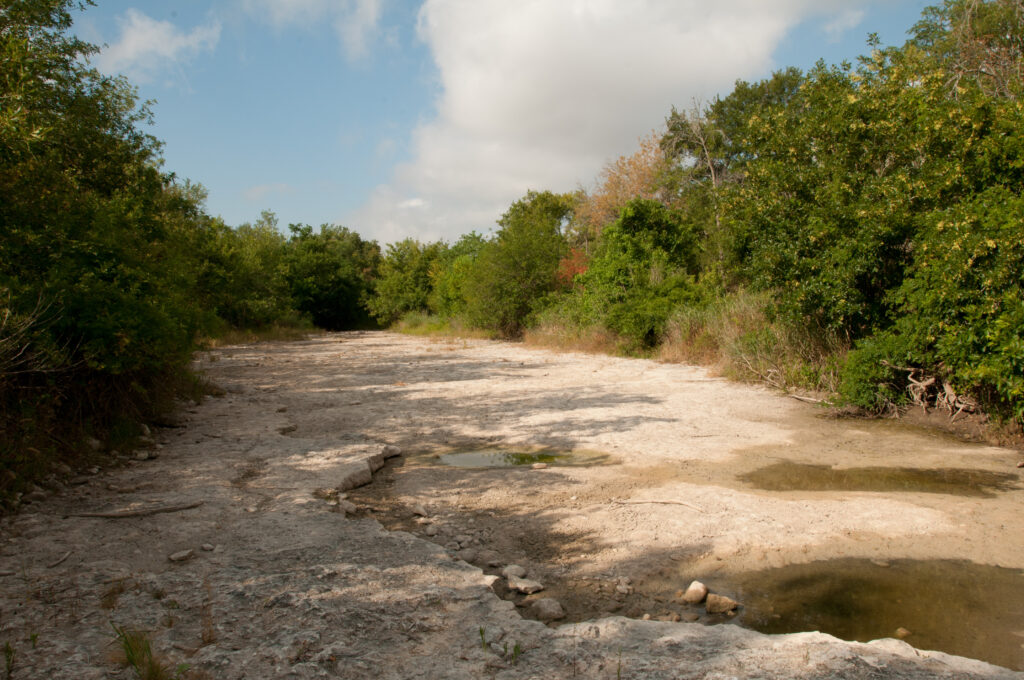
October 2024 was one for the record books, but not for any records we want to break. In Austin, October 13 reached 101°F, which is the hottest October day on record. Last month also brought
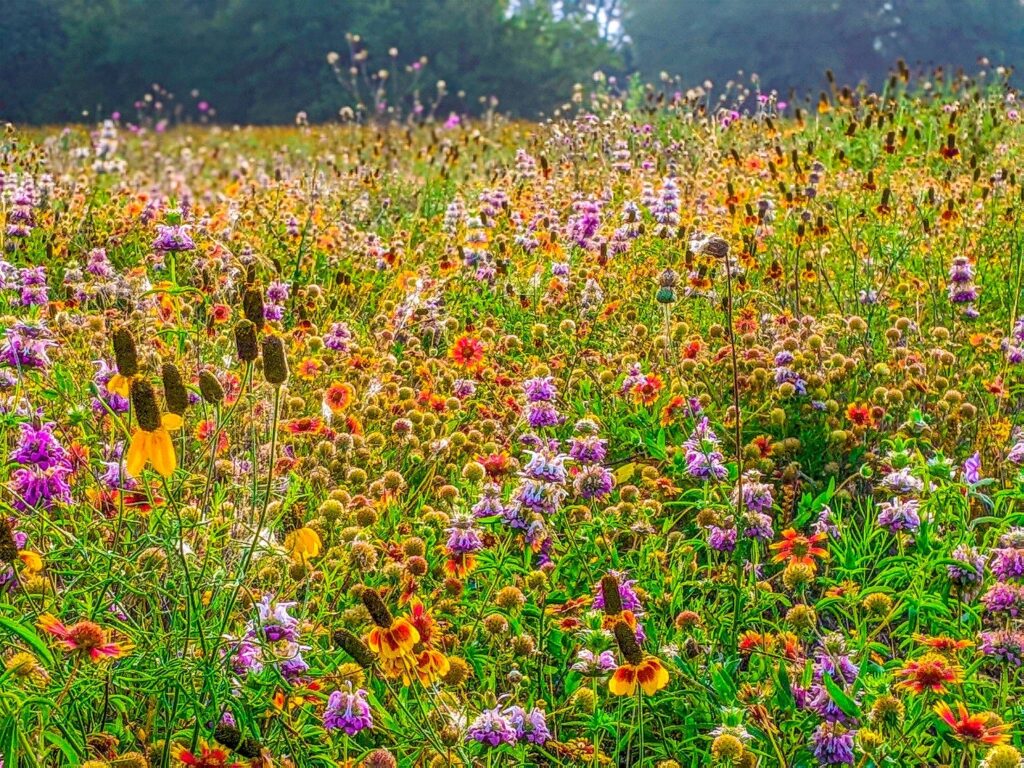
The Barton Springs/Edwards Aquifer Conservation District Board of Directors will hold a Public Hearing at its regular meeting on Thursday, November 7, 2024 at 5:00 p.m. at the District office, 1124 Regal Row, Austin, Texas,
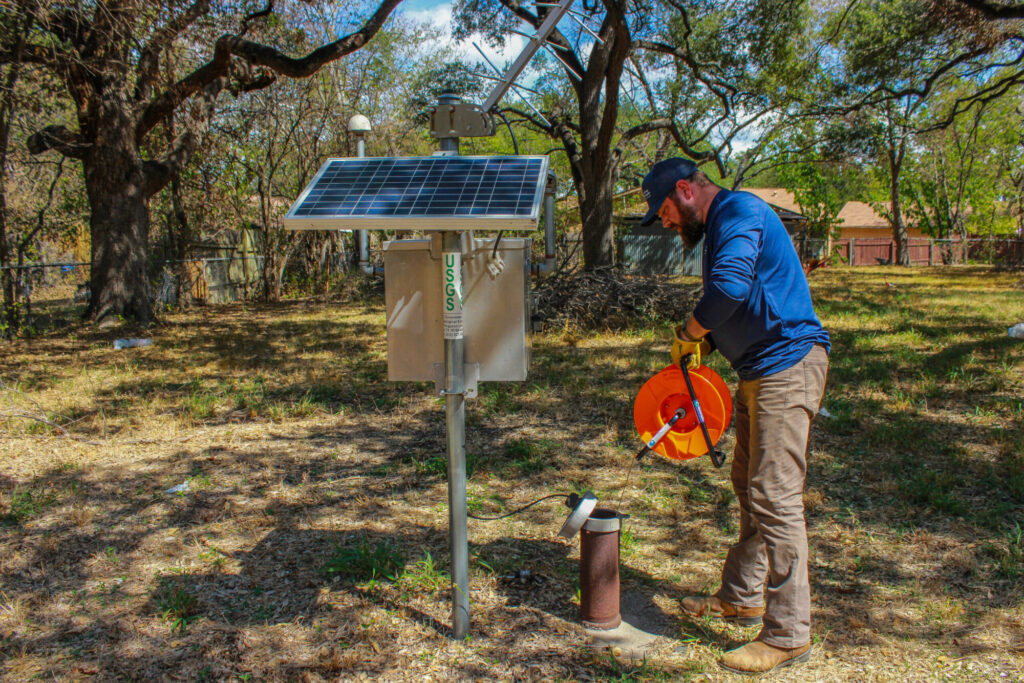
The District declared Stage III Critical Drought today, October 3. This is a result of the Lovelady monitor well’s 10-day groundwater level reaching 462.6 feet mean sea level (ft-msl), which is below the District’s Stage
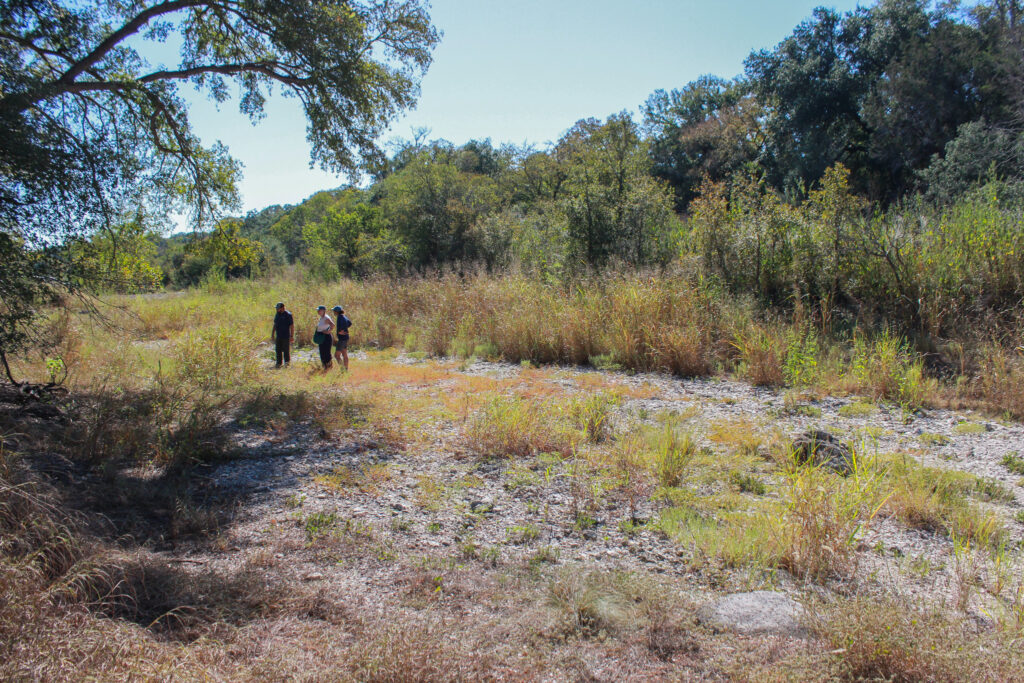
Cooler mornings are a welcome reminder that we’re transitioning from the extreme heat of summer to enjoyable fall temperatures. If only such optimism translated to the state of our life-sustaining aquifers. As I write, the
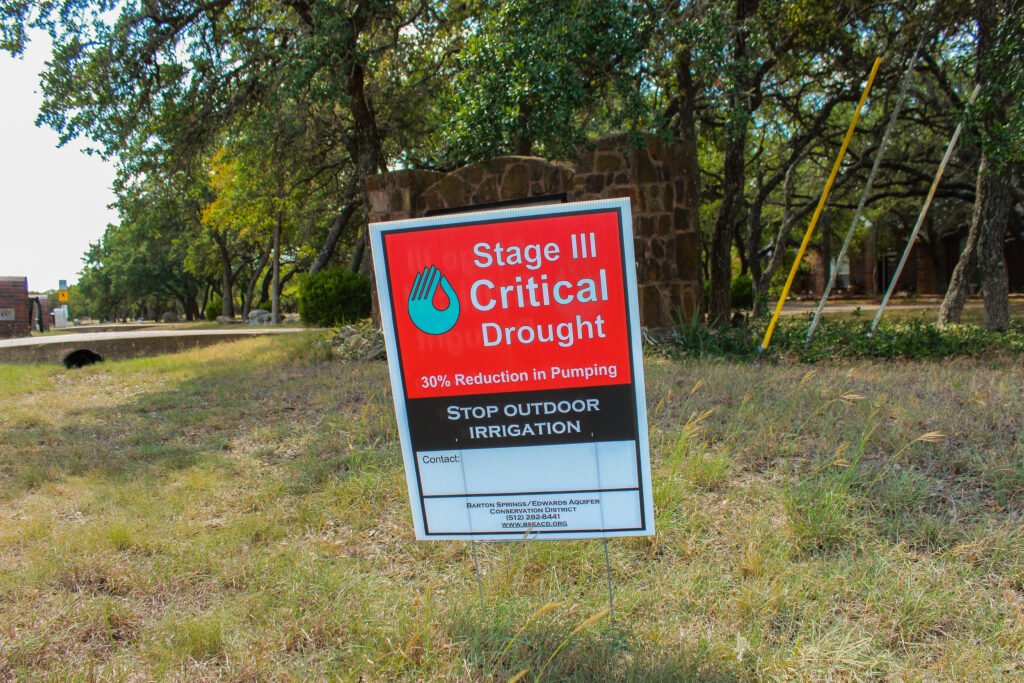
The Barton Springs-Edwards Aquifer Conservation District (the District) officially declared Stage III Critical Drought on Thursday, October 3, 2024. Stage III declaration restrictions will take effect November 1. This transition is a result of the
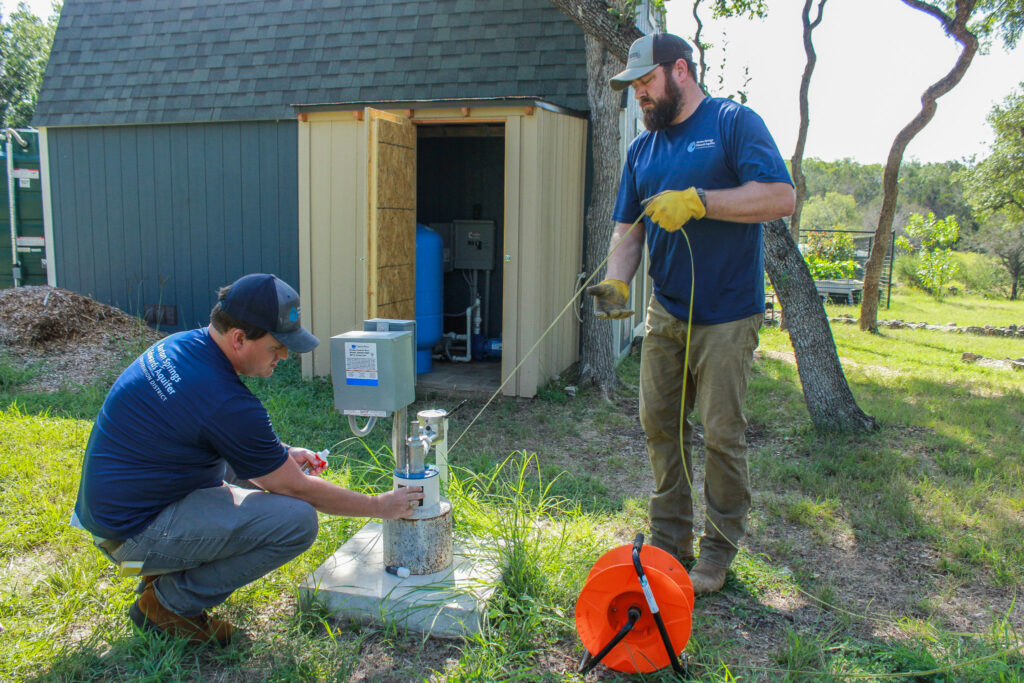
There are several steps that must be taken to get a domestic well through the District. First you must complete the correct drilling application associated with your needs. Once that is approved you can hire
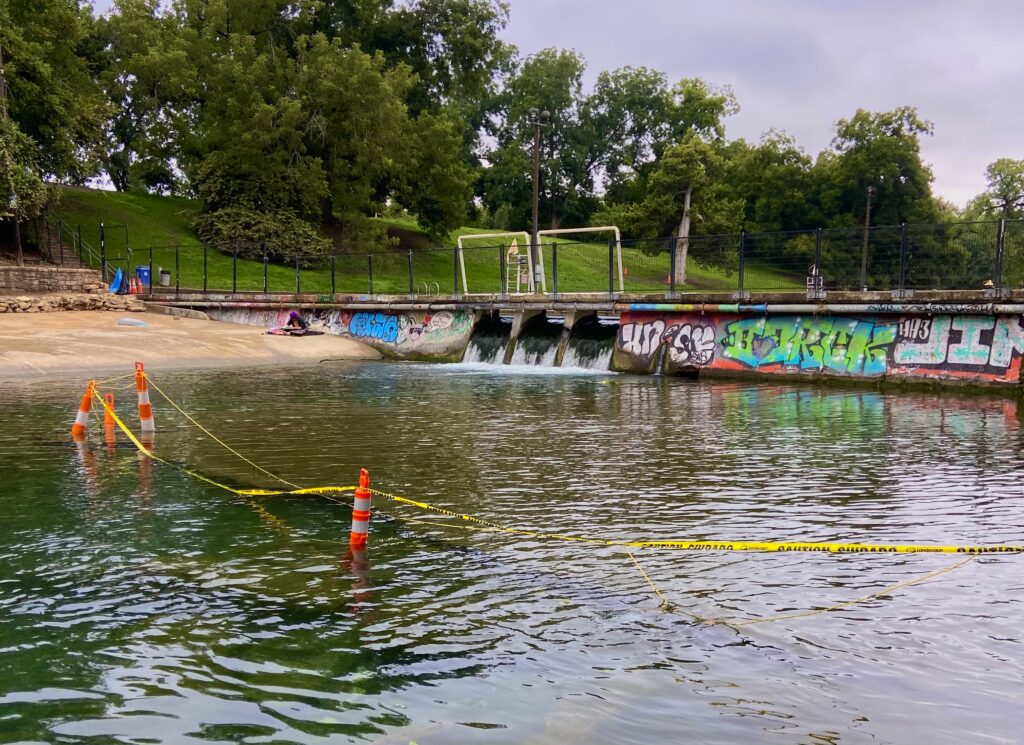
Barton Springs has been closed since Thursday, August 29 for repairs. The issue was first identified while the pool was closed for its weekly cleaning and maintenance. Staff noticed water was being pulled into an